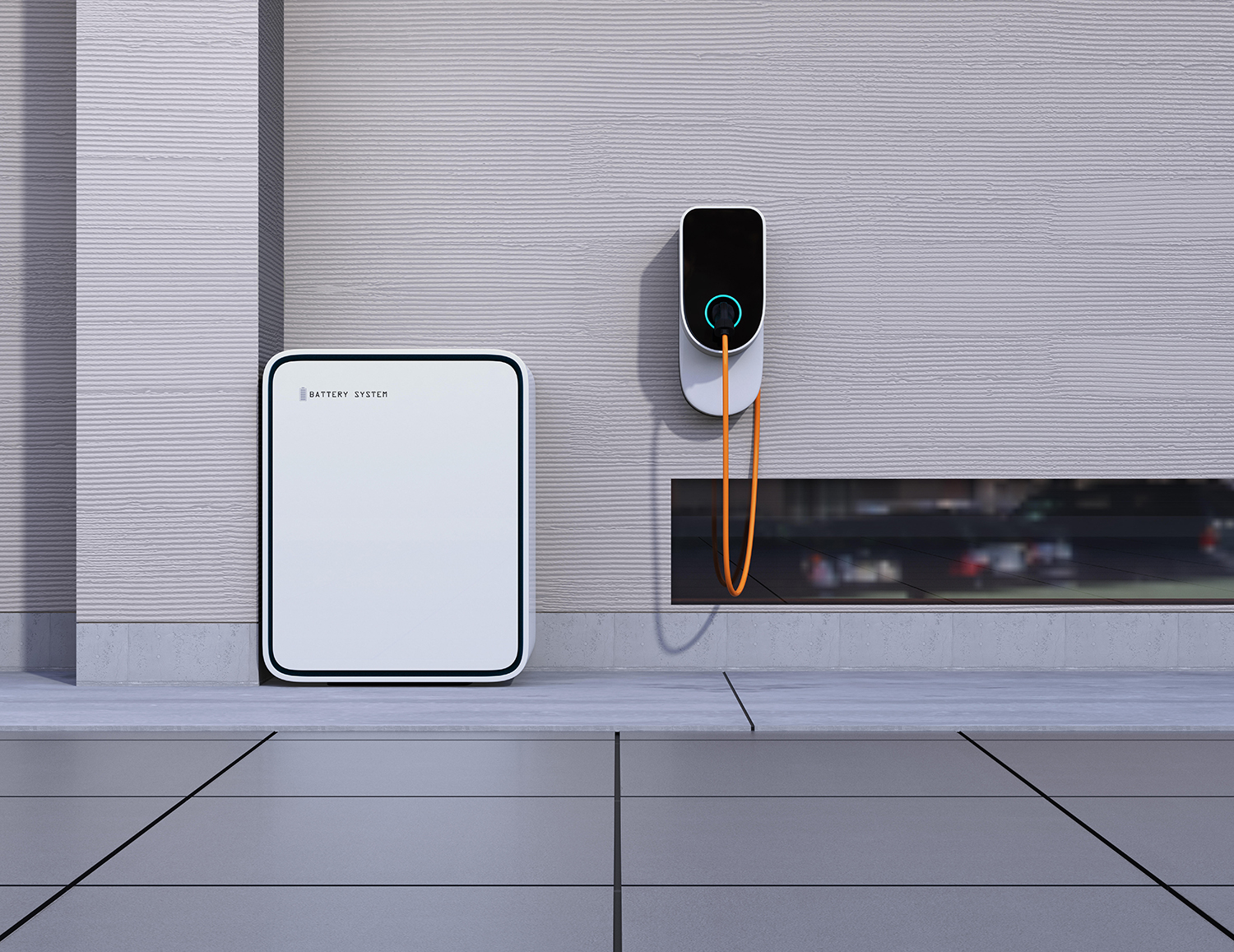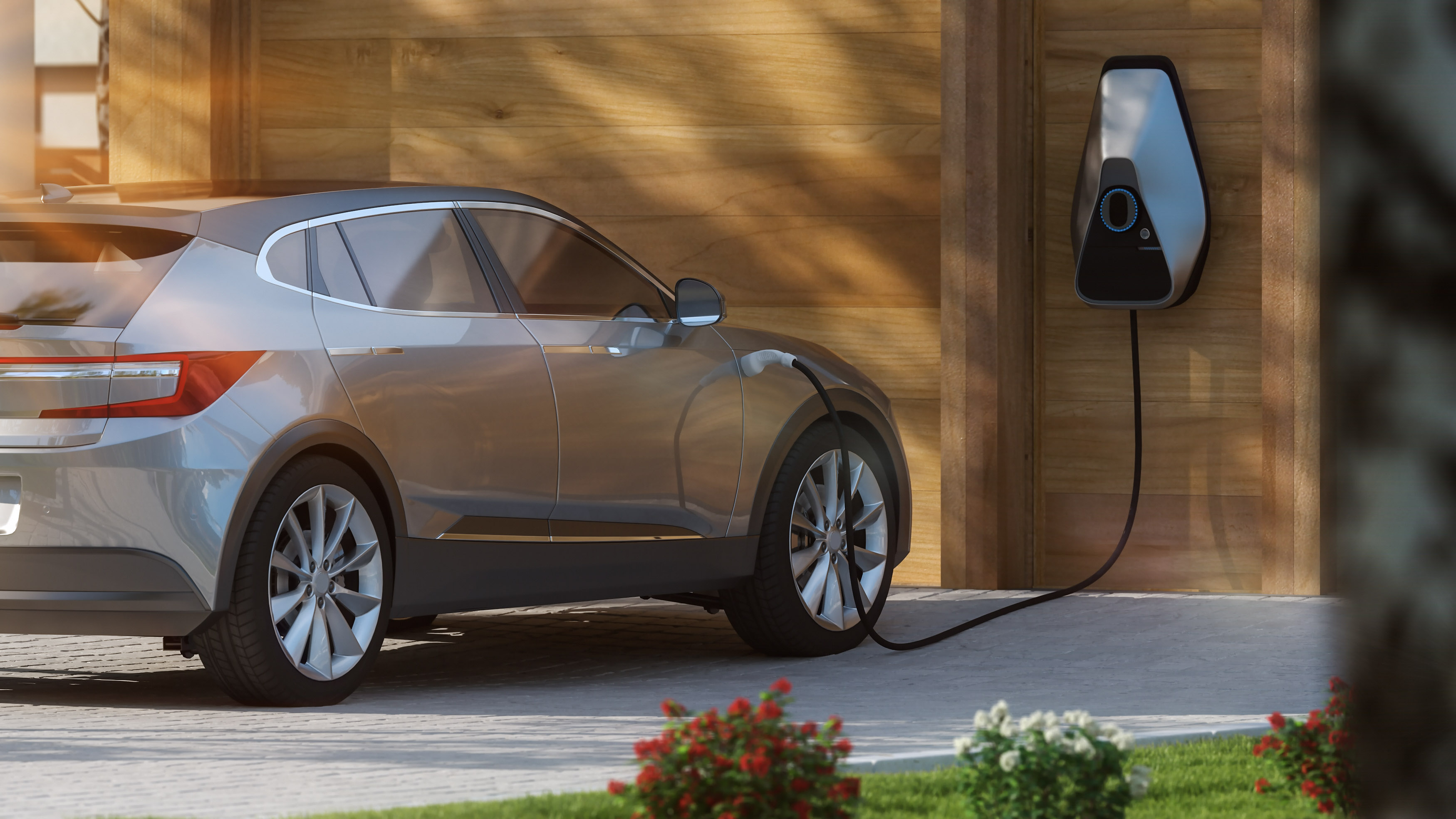A guide to EV chargers - how to pick the right one to charge your electric car at home
This expert guide to EV chargers will make sure your home is ready for the future of electric cars

A guide to EV chargers is an essential place to start when looking to join the elecric car revolution. The battery in your car is little different from an enormous version of the battery you have in your cellphone. Both are lithium ion batteries that provide power when you demand it, whether that’s through pressing the accelerator of your car or typing out a text on your phone.
The charging of both devices are, on a basic level, also similar – you plug them into a power point and wait for them to recharge. But electric car charging at home comes with a few crucial considerations that will drastically alter the speed and efficiency of the experience.
A guide to EV chargers

1. The connection
Your EV will come with a standard recharging cable with a plug on one end and a connector, often a pistol grip-style design, at the other. There are different types of connector but, helpfully, in the US there is a standard configuration called combined charging system (or CCS) that all newly-made EVs will be compatible with.
The exception to this rule is Tesla, which makes its own exclusive connector. Tesla also has its own network of public recharge stations.
2. The options

Recharging can be as simple as attaching your connector to your car and plugging in at a standard power outlet in your garage or driveway at home. You will be in for a long wait, however.
This form of charging, known as level 1 charging, is the slowest way to refill your EV battery. Standard 120 volt outlets are fine for recharging cellphones but deliver just three to five miles of range to an EV every hour. This means it would take you a full day to get your car’s range above 100 miles – not an efficient option even if, like most people, your car is stationery at home for most of the time.
A speedier option is to go for level 2 charging, which requires you have a 240 volt powerpoint available to plug into – typically what you’d have a heavy-duty appliance like a clothes dryer attached to. For a few hundred dollars you can get a bespoke level 2 charging cable, which can come in longer lengths, up to around 25ft, to reach the right area and can deliver around 32amps, or more, to your car.
The Livingetc newsletters are your inside source for what’s shaping interiors now - and what’s next. Discover trend forecasts, smart style ideas, and curated shopping inspiration that brings design to life. Subscribe today and stay ahead of the curve.
A ‘smart’ level 2 charging station typically comes with a bracket on the wall for the cable and a holder for the holster, along with a screen that shows you the amount of time left to charge. You can also automate the charging so it’s done at favorable times, such as late at night when off-peak electricity rates are often cheaper.
There are portable level 2 chargers available, too, which have the obvious advantage of being more flexible than a fixed point charger but have the downside of being less powerful – providing just 16 amps to 20 amps of charge.
Level 2 charging can be up to seven times faster than level 1 charging but there is an even quicker option out there called DC chargers. These superchargers essentially send direct current electricity straight from the grid into your car battery, fully recharging it in as little as 15 minutes. These chargers are only usually found in public recharge spots, however, as they are extremely expensive to install.
“I don’t think anyone will have a fast charger at home, it doesn’t make sense,” says Joe Britton, executive director of Zeta, an EV industry body. “You can get a level 2 charger for $500 or $600, which makes the most sense for most people who can recharge at home.”
3. The charging

Given the most common choice of level 1 or level 2 charging, you will notice a big difference. While level 1 will take you a full day to completely recharge, level 2 can add 25 miles to 35 miles each hour to your battery. This means that even if completely empty, your battery will be topped up if left overnight.
Be aware of the other variables – different cars can provide different levels of charging, which affects how quickly they will be replenished, while the charging speed for the last bit of your battery is slower than if the first stage when the battery is completely empty. “Imagine pouring water into an empty cup,” says Ronald Montoya, senior consumer advice editor at Edmunds, an automotive information site. “The closer you are to the top, you have to slow down a bit to avoid it spilling. It’s the same with charging, it slows down at the end to protect the battery.”
The reality of driving habits means you rarely need an entirely full battery to get where you need to go. Most Americans only travel around 30 miles a day, on average, in their cars, meaning that a short, quick top-up with a level 2 charger is all you’d need to keep you going. Recharging is often a story of relatively short replenishments rather than lengthy recharge that prevent you from going anywhere while you wait.
“If you are typically leaving your car in your garage overnight you won’t even notice it,” said Montoya. “If you want to take road trip with your car, it will add time to your destination to stop off to recharge, but for day-to-day use you will be fine.”
Oliver Milman is the environment correspondent at Guardian US and is based in New York City. He previously worked for the Guardian in Australia, and prior to this has been staff at various magazines and websites in the UK. He has a book out this year on the dangerous decline of insects around the world, enjoys cooking and occasionally playing the ukulele.